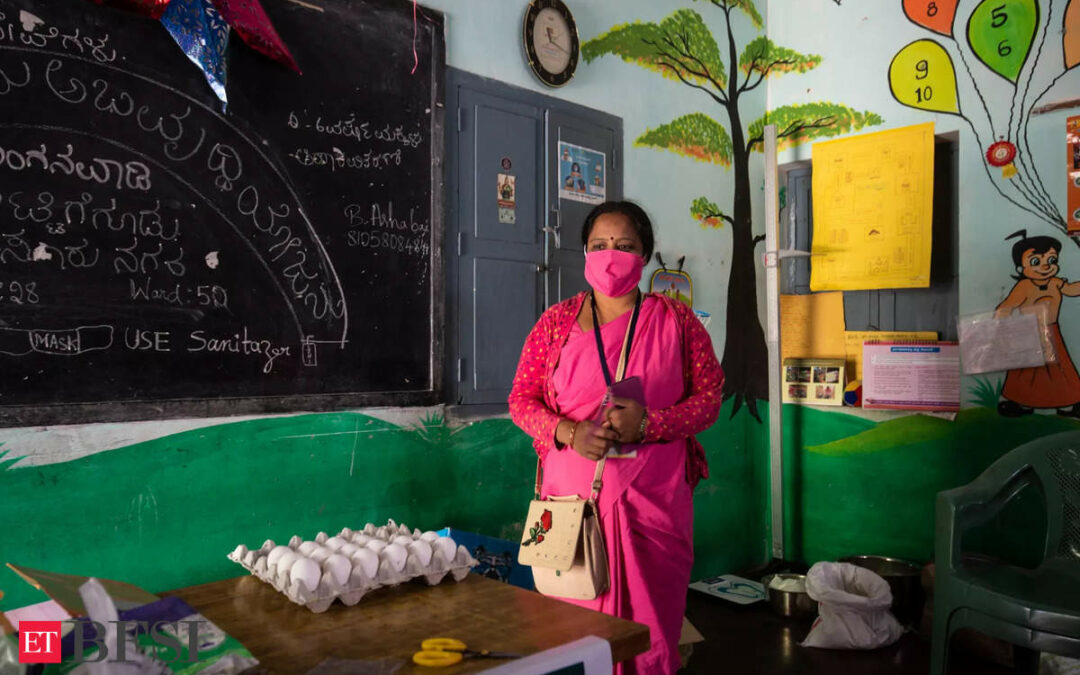The Economic Survey 2024 on Monday said the female labour force participation has been rising over the last six years, and the unemployment rate is on the decline.
“The female labour force participation rate has been rising for six years, from 23.3% in 2017-18 to 37% in 2022-23, driven mainly by the rising participation of rural women.”
It said that India’s workforce is nearly 56.5 crore, with over 45% employed in agriculture, 11.4% in manufacturing, 28.9% in services, and 13% in construction.
The Economic Survey 2023-24 released by the finance ministry highlighted improvements in Indian labour market indicators over the past six years, with the unemployment rate dropping to 3.2% in 2022-23.
The survey noted that employment has recovered from pandemic shocks in both urban and rural areas. It stated,
To meet the demands of the employment sector amid a growing population the survey pointed out that the Indian economy needs to generate nearly 78.51 lakh jobs annually in the non-farm sector.
The net payroll additions under EPFO have more than doubled in the past five years, signalling healthy growth in formal employment.
Low female labour force participation rate
The India Employment Report (IER) 2024, published by the Institute for Human Development and the International Labour Organization has recently illustrated that the female labour force participation rate (LFPR) in India is low when compared to the world average of 53.4% (2019), and it has decreased from 38.9% in 2000 to 23.3% in 2018.
Against this backdrop, the current increasing trend in female LFPR, especially a 12% rise in rural India during 2018-22, indicates an untapped opportunity for employment generation, it had said.
The report highlighted that while 9.3% of males were employed as unpaid family workers, the same was as high as 36.5% for females in 2022.
Moreover, the difference between female and male unpaid family labour employment was 31.4% in rural areas against only 8.1% in urban areas.
Hence, if appropriate strategies are taken, there is a much greater opportunity for female employment generation, especially in rural areas, it said.











